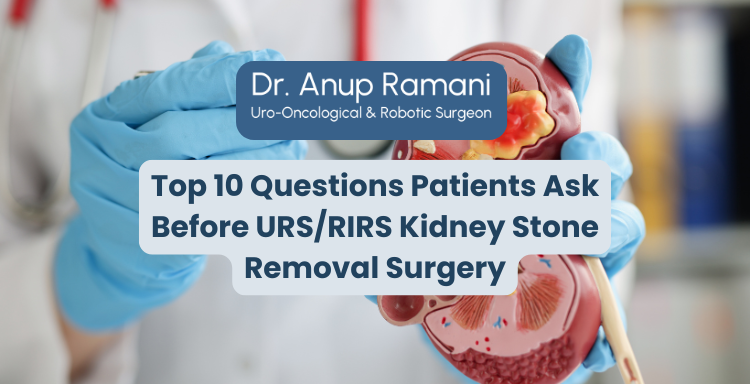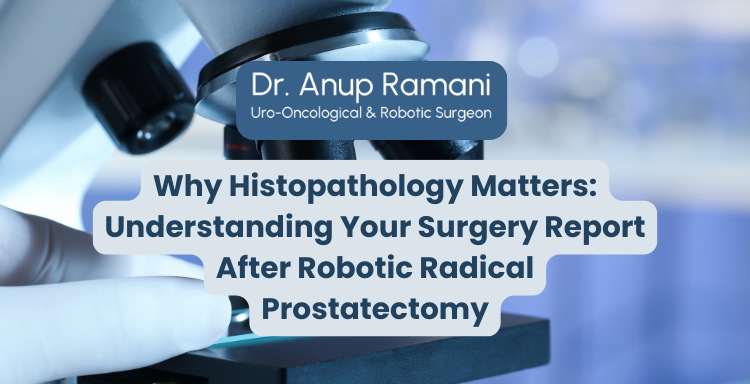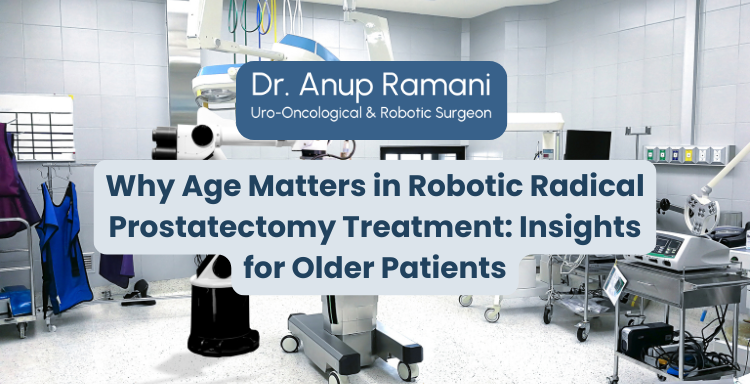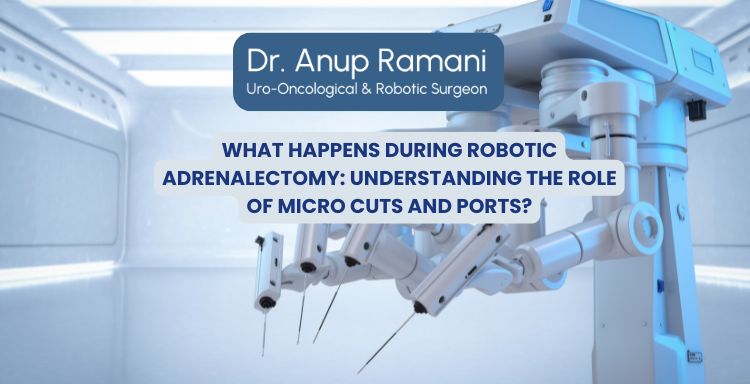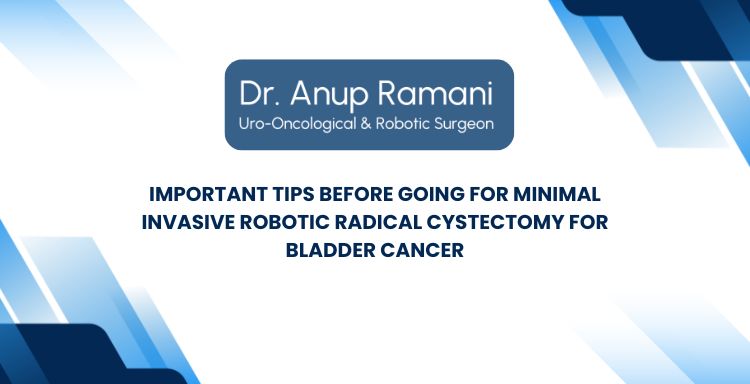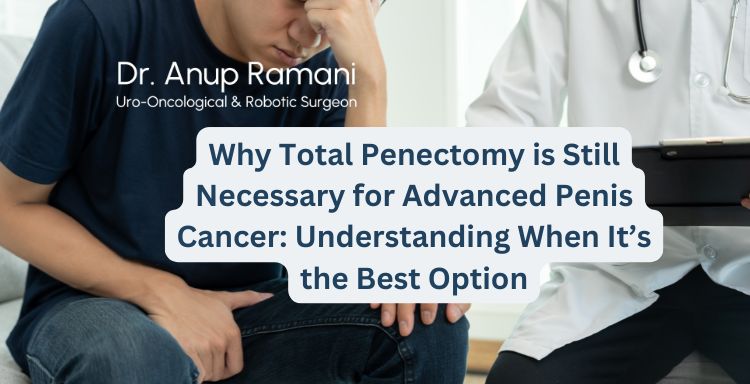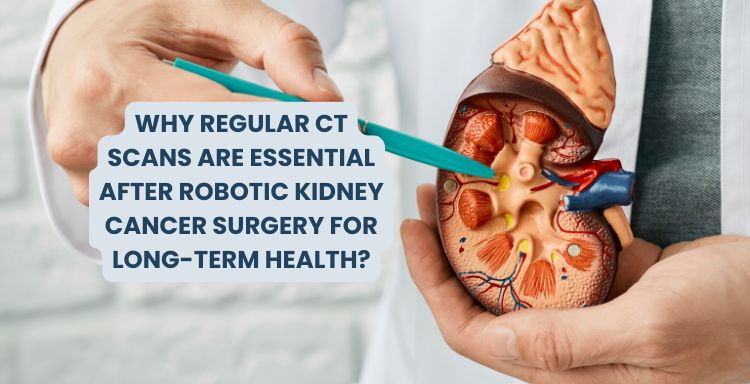If you’re scheduled for kidney stone ureteroscopic stone removal (URS) or RIRS kidney stone treatment, you’re likely dealing with a lot of questions. And that’s completely normal. These...
The journey of prostate cancer treatment, one of the most critical phases begins immediately after surgery – the analysis of the removed tissue, known as histopathology. For patients who undergo...
Prostate cancer remains a major health concern among older men, particularly those over the age of 60. As medical technology continues to evolve, one of the most effective surgical options available...
The field of adrenal gland surgery in India has advanced significantly in recent years, particularly with the introduction of robotic systems. One of the defining features of this modern approach is...
Bladder cancer surgery can be a challenging journey, especially for those with muscle-invasive bladder cancer. Minimal invasive robotic radical cystectomy is one of the most advanced treatments...
Penis cancer is a rare yet serious condition that can significantly impact a patient’s health and quality of life. In its early stages, penis cancer may be managed with less invasive treatments...
Kidney cancer is a serious disease, but thanks to modern treatments, recovery has become much easier and less painful. This surgery is less invasive and offers a quicker recovery time compared to...
Kidney stones can be an excruciating experience, often causing intense pain and discomfort. However, with advancements in medical procedures, treatments like ureteroscopy have become a common and...
Prostate cancer is one of the most common cancers affecting men globally and with the advent of robotic surgery for prostate cancer treatment, patients now have access to more precise and effective...

